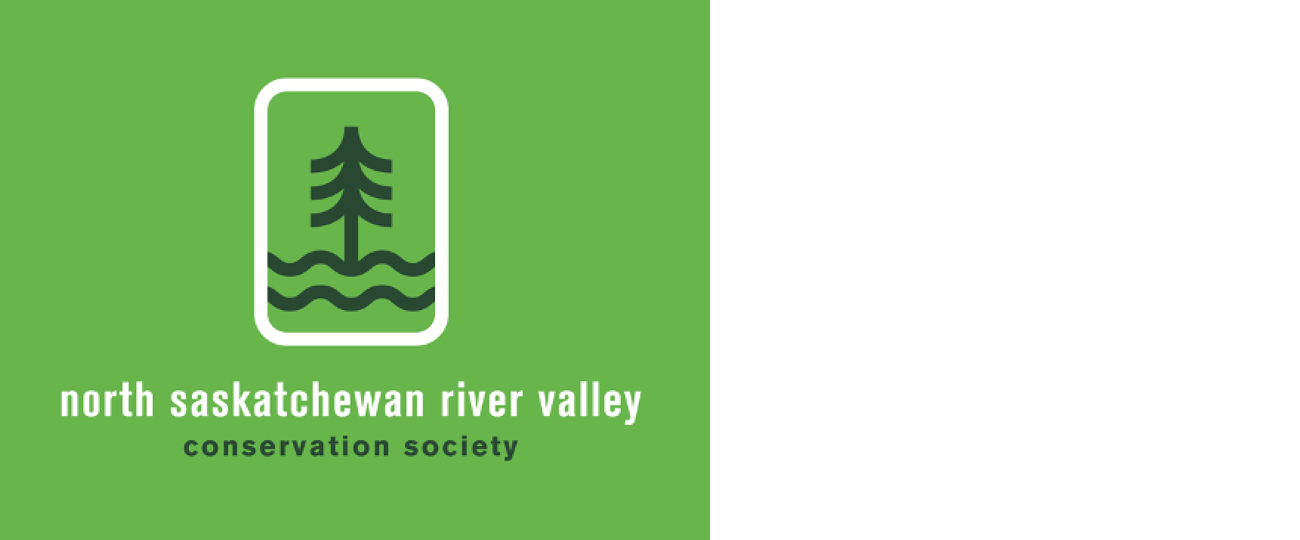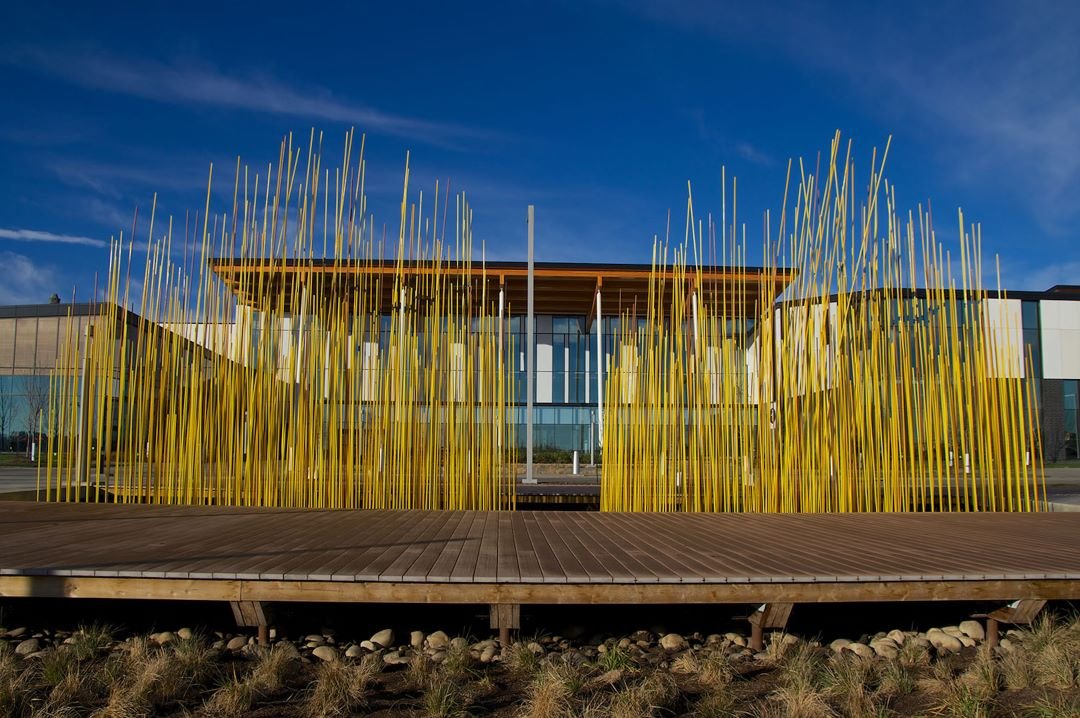Some birds lay their eggs in winter
Gerald Romanchuk photo
Great horned owls, Alberta’s provincial bird, are an example of a species that lay their eggs in the winter. This gives the chicks a headstart in the year and an advantage over later nesters, as most birds delay breeding until later in the season when food sources are more reliable.
However, for seasoned raptors like owls, this isn’t a problem. Owls hunt for their food, and there is a direct correlation between how early the owls hatch and the populations of snowshoe hares, with the earliest hatch times being recorded in years when the hare population peaks.
Great horned owls rarely put any effort into building or maintaining the nests they occupy, usually preferring to take over existing nests from hawks or corvids (crows, jays, magpies). They don’t tend to re-use nests since the hatchlings cause so much damage to the nests that they cannot be reoccupied.
Evidence suggests that Great horned owl pairs are exclusive to each other, share the responsibility of defending their nesting territory, and occupy the same areas multiple years in a row. https://www.ealt.ca/blog/feathered-fondness-in-february
Postmedia looks at the growth in tent encampments across Canada
Alexander Shamota photo
At least 35,000 individuals are homeless in this country on any given day, according to estimates from the Canadian Observatory on Homelessness, though it will be experienced by more than 235,000 individuals in any given year. Upwards of 23 per cent of the homeless population stay in encampments, according to data from a 2022 national survey of Canadian municipalities.
“Since the beginning of the COVID-19 pandemic, encampments have become more numerous, more densely populated, and more visible across the country,” explain the authors of a Canadian Human Rights Commission report offering an overview of encampments.
In a nationwide project, titled Tent City Nation, Postmedia takes a look at the growth in tent encampments across Canada, and if there are solutions that might be found overseas.
Alberta updating its ferruginous hawk protection plan
Gordon Court photo
The ferruginous hawk has been part of southern Alberta’s grasslands for generations and is the largest hawk in North America but remains endangered under Alberta’s Wildlife Act. Under the 2014 original plan, the ferruginous hawk population has slowly stabilized and shown signs of increasing. However, the bird remains endangered, and an updated approach is needed if Alberta hopes to see a long-term recovery.
Through the new plan, the province will work to protect and support the hawk’s habitats, nest structures and prey needed to survive. Other important steps will also be taken in the coming years, including reducing human disturbance at nest sites and limiting the impacts of predators.
Ferruginous hawks require open habitat, including grassland, shrub-steppe or desert, typically nesting on elevated features such as trees or nest platforms. Its primary predators are great-horned owls; however, nestlings may be susceptible to predation by golden eagles, coyotes, badgers and foxes.
Running Track by inges idee, Terwillegar Recreation Centre
https://www.edmontonarts.ca/public-art/running-track
Comment or contribution
Please note that articles may not reflect the position of NSRVCS. River Valley News is meant to be a clearinghouse for the wide variety of opinions and ideas about Edmonton’s River Valley. Email river valley photos, event information, comments, or questions to nsrivervalley@gmail.com















